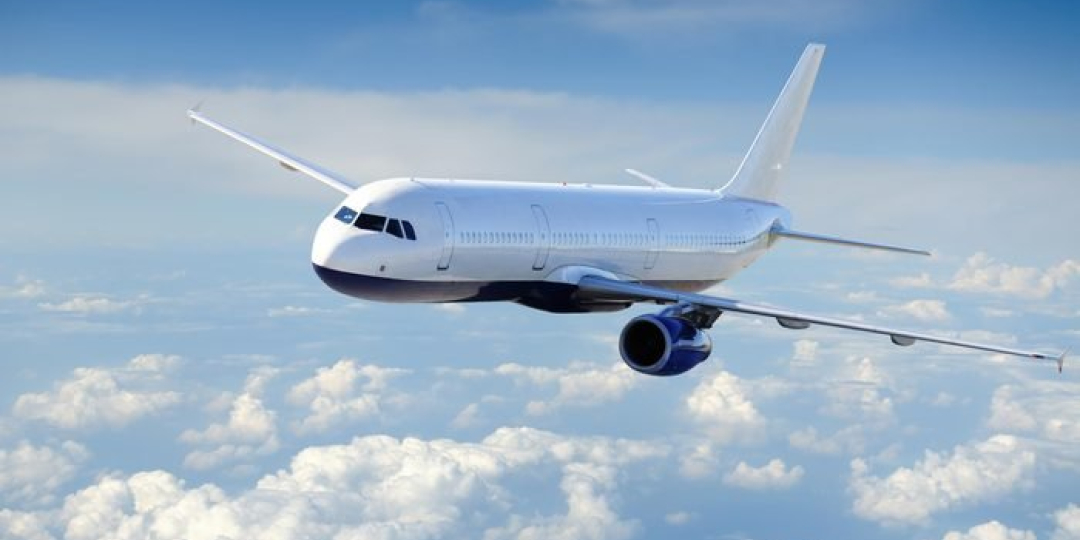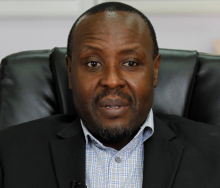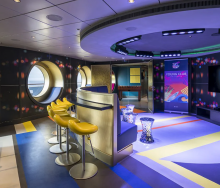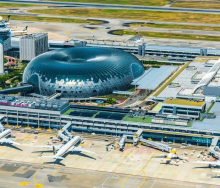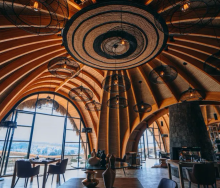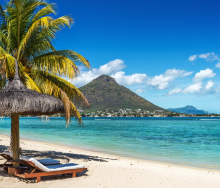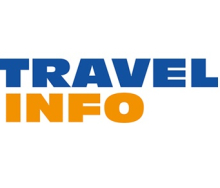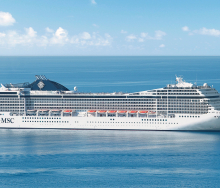Seismic shifts have taken place and are still taking place in airline travel over the past three pandemic years, and more is to come.
Amid a raft of global changes, the South African landscape has experienced its own set of upheavals, some of them relating to the pandemic and some to specifically South African circumstances.
1. Corporate travel budgets cut
It’s logical that corporate travel budgets globally have been cut. Because the pandemic forced businesses into holding meetings by video technology, they now see the possibilities in video meetings. Naturally, corporates are determined to enjoy the huge travel budget savings that come with replacing face-to-face meetings with online meetings. This means an automatic contraction in corporate staff travel.
Nobody knows if satisfaction with online meetings will be short-term or permanent. The pandemic taught us two things about online meetings. A) That we can get by without meeting in person, and B) That we really enjoy meeting in person, and that sometimes it is necessary to be in the room with someone.
In South Africa, a dramatic shrinkage of the corporate market may herald serious problems for the retail travel industry, which has always had a great proportion of corporate business in the mix due to the social economics of SA. The shape of the SA travel industry over the coming two years is hard to know, but it is likely that corporate travel will return to about 70-80% of its 2019 self over the next year, depending on the shape of the whole SA economy.
In 2015-2019, estimates were that upwards of 70% of business written by travel agencies in South Africa was corporate travel. Things are different in 2022 – an October poll by Travel News showed that 42% of agent readers said corporate business accounted for less than a third of their business. But there were those (24%) who said corporate business accounted for 90% or more of their business.
A consequence of corporate travel cuts for global airlines was the slow return to premium class cabins. When customers pay for their own tickets, price becomes the major consideration. (Although an airline manager very recently told Travel News that, post-pandemic, in 2022, he has been astonished at just how many leisure travellers have taken up the premium-class seats on his airline’s flights.)
In the long term and globally, less corporate travel as a proportion of all airline traffic, has structural implications for international airlines – these include seating configurations, cost structures, fleet considerations and loyalty programmes.
2. Loyalty programmes aren’t the strong drivers they once were
When SAA was the dominant carrier in South Africa, both domestically and internationally, SAA’s loyalty programme, Voyager, was a powerhouse in the corporate space. The national carrier enjoyed automatic business because of it, as Voyager points were largely regarded as the corporate traveller’s perk. (Now, after 1,5 years in business rescue, which kicked in long before the pandemic, in December 2019, SAA still awaits the finalisation of a buy-in of 51% by a private equity partner. The process was recently shaken and might even have been halted by the exit from the consortium of one partner.) Overall, corporate travel is down, and SAA’s routes are too few for its Voyager programme to be a big driver.
No other domestic carrier in SA currently has a strong, dedicated loyalty programme of its own.
3. Fares are unlikely to return to 2019 levels
The law of supply and demand means that ticket prices in South Africa are overall higher than they have ever been, and while they might drop a little if and when a new domestic carrier enters the market, they are unlikely to return to 2019 levels when passengers could fly to Durban for R500. An unrealistically low price, and of course not every seat was sold at that, but seat prices were nonsensically low, often below the cost-price, because of an ongoing, unproductive price-war between two government-owned, loss-making carriers and three privately owned carriers. This taught consumers to believe that anything over R500 for a JNB-DUR ticket was a ‘rip-off’.
In 2022, there aren’t enough seats, there aren’t enough aircraft, and perhaps there aren’t enough airlines.
*SAA is a shadow of its former self. It’s all a far cry from October 2011, when Siza Mzimela, then the CEO, told Parliament that SAA had 68 aircraft in the group (five allocated to Mango, the SAA-owned LCC and four cargo carriers) and it served 43 destinations. In 2011 SAA carried around 8,3 million passengers, and carried half of all inbound passengers to South Africa.
Now, our national carrier has around 11 aircraft and flies only a handful of domestic and regional routes. All its London and EU slots have been sold – with London LHR slots valued at around US$50m (pre-COVID price) it is doubtful that SAA will ever fly to the UK or EU again.
The absence from the market of the national carrier of the dimensions described above, leaves a big gap. But it’s only one of South Africa’s aviation problems. Four other domestic airlines have bitten the dust in the past two years.
*Regional carrier, government-owned SA Express (SAX) was only recently finally liquidated after having been mired in corruption for many years.
*SAA’s low-cost carrier, Mango, also in business rescue, appears to have a secret equity partner, but it remains in business rescue until the deal is signed, and the rescue plan has run way beyond deadline.
*Comair, which ran both a successful BA franchise (fondly known domestically as BA Comair) disappeared from the market in bankruptcy during COVID.
*Sadly, Comair’s highly-successful and much-loved low-cost carrier, kulula.com also disappeared from the market in Comair’s bankruptcy.
The result of the shortage of supply and the excess of demand on domestic routes is high prices.
Fares on international flights too are high due to disproportionate demand and this is perhaps more so on routes touching South Africa. Fares from SA are currently sky-high as demand outstrips supply, foreign carriers have been slow to restore full capacity to South Africa after the Omicron scare, oil prices have remained high and rand weakness has made seats sold in South Africa unattractive for airlines.
4. Bleisure travel
Blended travel, or ‘bleisure’ has been around for about the past four years, but has become more talked-about since the pandemic.
The work-from-home idea which really came into its own during the pandemic, naturally led to ‘work-from-anywhere-in-the-world’, so why not add in a weekend or some extra days of combined work and leisure when visiting a beautiful or fascinating destination? And a corporate traveller might like to include his family somehow in the travel. The actual logistics and legal implications of bleisure travel and how to bring it into reality with fairness to both the company and the staff member, are not yet clear, nor are its wider implications for the hotel and airline industries.
5. Tackling carbon targets
Carbon nett-zero targets are starting to make themselves felt in aviation and across every segment of the travel industry. Travellers’ carbon calculations by airlines, airports and hotel stays have become commonplace. Carbon offsetting is still controversial.
Airlines removing short-duration flights from schedules, to replace them with train trips, is also becoming commonplace. Experiments giving free public transport on buses and trains are the order of the day in Europe, to encourage residents not to drive cars. Tourists also get the benefit of these.
Carbon activists are becoming more vocal and more extreme and airlines are likely to be targeted in the future, simply because of their high profile. Airlines, because of their high visibility, are also popular targets for governments to demonstrate the actions they are taking to achieve carbon targets.
